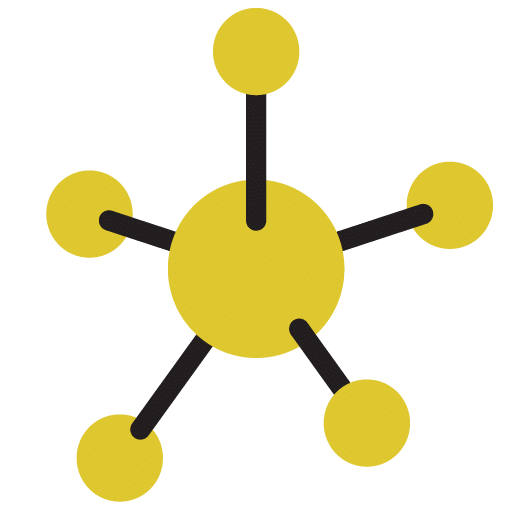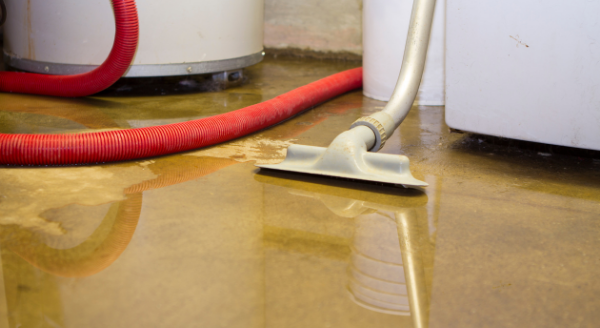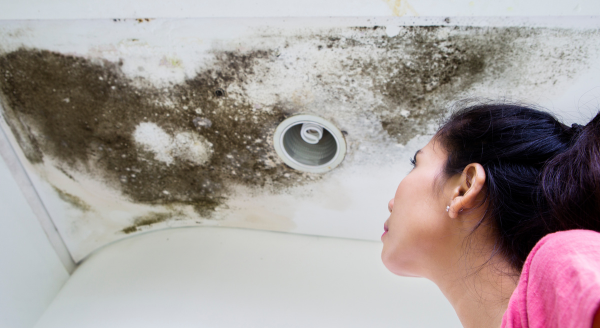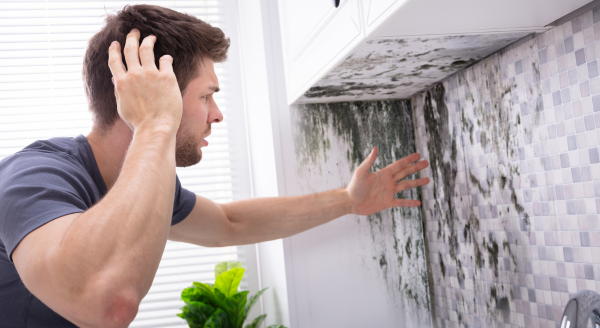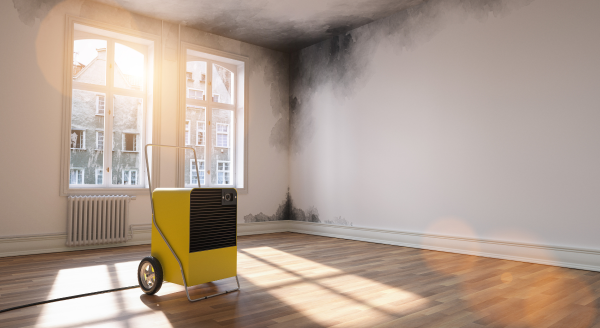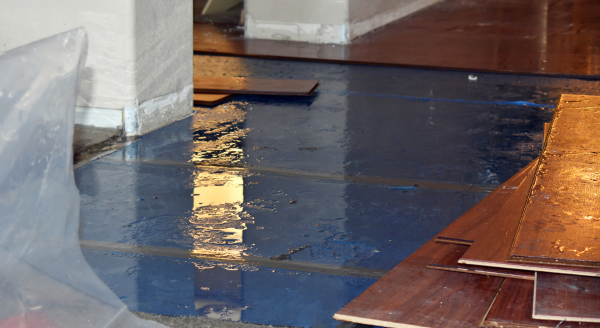If you think mold is just a nuisance, think again.
Mold is a type of fungi that can grow both indoors and outdoors. Mold growth is often the result of moisture accumulation, hence why it is often found in damp or humid environments.
Mold can cause various health problems, including respiratory infections, allergic reactions, and skin irritation. Mold exposure can lead to memory loss, organ damage, and even death in severe cases. It can even destroy your home if left unchecked.
That is why it is crucial to have the proper mold testing equipment on hand to keep your family safe and your home in good condition. With the right equipment used by a mold specialist, you can test for mold growth, identify the type of mold present, and take steps to remediate the problem.
Types of Mold Testing Equipment
There are a variety of mold testing kits and devices available on the market. Some kits are designed for home use, while others are intended for professional use. Home mold test kits are usually less expensive than professional kits, but they may not be as accurate.
Professional mold testing kits often include additional tools and features, such as air sampling pumps and swabs, that can help you get a more accurate picture of the mold problem in your home.
Here are some of the most popular types of mold testing equipment:
Moisture Meter
A moisture meter is a device used to measure the moisture content of materials. It is often used in the construction industry to assess the moisture content of wood, concrete and other building materials. Moisture meters can also be used to test for mold growth. Some mold testing kits come with built-in moisture meters.
Moisture meters work by measuring the electrical resistance of a material. The more moisture present in a material, the lower its electrical resistance.
When using a moisture meter to test for mold, it is important to take readings in several different room areas. This will help you identify high moisture areas that may be conducive to mold growth.
Mold Spore Trap
A mold spore trap is a device that collects mold spores from the air. It typically consists of a dust collector and a culture medium, such as agar. Mold spores are drawn into the dust collector, which become stuck to the agar. The agar can then be cultured to grow mold colonies.
Mold spore traps are often used in professional mold testing kits. They can help identify the type of mold present in a home and determine the concentration of mold spores in the air.
Air Sampling Pump
An air sampling pump is a device that draws a sample of air through a small tube. The air sample is then collected on a filter or piece of tape. The filter or tape collects mold spores, which can then be counted to determine the concentration of mold spores in the air.
Air sampling pumps are often used in professional mold testing kits.
Swabs
Swabs are small pieces of cotton or other absorbent material used to collect mold samples. Mold swabs can collect samples from surfaces or the air. The swabs are then sent to a laboratory for analysis. In clinical settings, swabs are often used to collect samples from patients for diagnostic testing.
Infrared Camera
An infrared camera is a device that takes pictures of objects using infrared light.
These cameras work by detecting the difference in temperature between moldy and non-moldy areas. Mold typically emits more infrared radiation than surrounding materials, so it will appear brighter in an infrared image.
Infrared cameras can detect mold growth behind walls and in other hidden areas. Using an infrared camera is often the best way to get an accurate picture of the mold problem in your home.
Thermometer
Thermometers can be used to measure the temperature of the air and surfaces. Thermometers work by measuring the amount of heat radiation emitted by an object. The higher the temperature, the more heat radiation is emitted.
When used in conjunction with an infrared camera, a thermometer can help identify areas of hidden mold growth.
Hygrometer
A hygrometer is a device that measures humidity. Hygrometers can be used to measure the relative humidity of the air. When the relative humidity is high, it can create conditions conducive to mold growth. It is essential to use a hygrometer in conjunction with a thermometer to get an accurate picture of the air conditions in a room.
Scanner
A scanner is a device that uses lasers to identify hidden mold growth. Scanners can scan walls, ceilings and other areas of a home.
Professional mold testing kits often include scanners. These handheld devices are helpful for mold testing because they can help identify hidden mold growth that might otherwise go undetected.
BoreScope
A borescope is a device that uses a camera to inspect small spaces. Borescopes can be used to inspect the inside of walls, crawl spaces, and other difficult-to-reach areas. It works by inserting a small camera into a small space and transmitting the image to a monitor.
When used in conjunction with other mold testing equipment, a borescope can help identify hidden mold growth.
Mold testing is an integral part of any mold remediation project. The type of mold present in a home can dictate the necessary remediation steps.
Air sampling pumps, swabs, infrared cameras, thermometers, hygrometers, scanners, and borescopes are types of professional mold testing equipment that you can help identify the type of mold present and the concentration of spores in the air, thus uncovering hidden mold growth.
Consult a professional mold inspector such as Air Quality Accessors for a thorough inspection of mold if you suspect there is mold present in your home or office.
